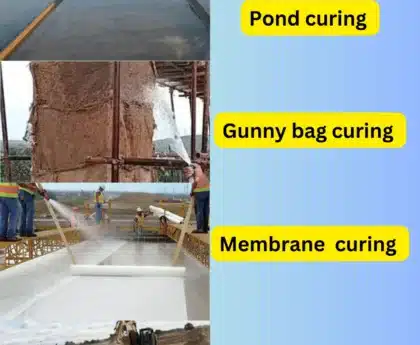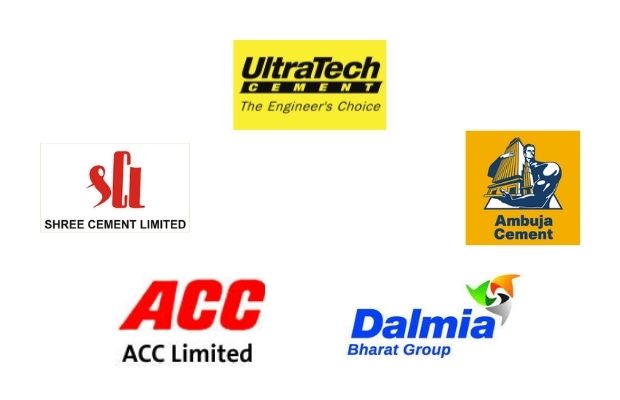Introduction
Table of Contents
ToggleBioconcrete is a revolutionary and sustainable construction material designed to address common issues associated with traditional concrete, such as cracks, corrosion, and the need for frequent maintenance. It introduces a remarkable self-healing mechanism that enhances the durability and lifespan of concrete structures.
Components of Bioconcrete
1. Bacteria
Specifically selected and engineered bacteria, typically of the genus Bacillus or Sporosarcina, are embedded in the concrete mix. These bacteria are chosen for their ability to thrive in the alkaline environment of concrete.
2. Nutrients
Calcium lactate or another suitable nutrient source is added to the concrete mix. This nutrient source serves as food for the embedded bacteria.
Self-Healing Process
1. Activation
When the concrete experiences cracking due to factors like shrinkage, physical stress, or environmental exposure, water can infiltrate the cracks. This moisture triggers the activation of the embedded bacteria.
2. Biomineralization
Once activated, the bacteria start consuming the nutrient source and metabolize it to produce calcite (calcium carbonate). Calcite is a naturally occurring mineral that can seal and fill the cracks in the concrete.
3. Healing
As the bacteria-produced calcite accumulates within the cracks, it effectively “heals” the damaged area, restoring the structural integrity of the concrete.
Advantages of Bioconcrete
- Durability: The self-healing properties increase the material’s lifespan, reducing the need for frequent repairs or replacements.
- Sustainability: By decreasing the frequency of repair and replacement, bioconcrete reduces the environmental impact associated with maintenance and construction.
- Cost-Efficiency: While bioconcrete may be more expensive initially, the long-term savings in maintenance costs can outweigh the initial investment.
- Safety: Bioconcrete is safe to use in construction, and the bacteria used in its composition do not pose health risks.
Ongoing Research and Future Potential
Bioconcrete is an emerging technology, and research is ongoing to improve its efficiency, cost-effectiveness, and applicability in various construction scenarios. While it may not completely eliminate the need for traditional repair methods, it has the potential to significantly enhance the durability and sustainability of concrete structures.





